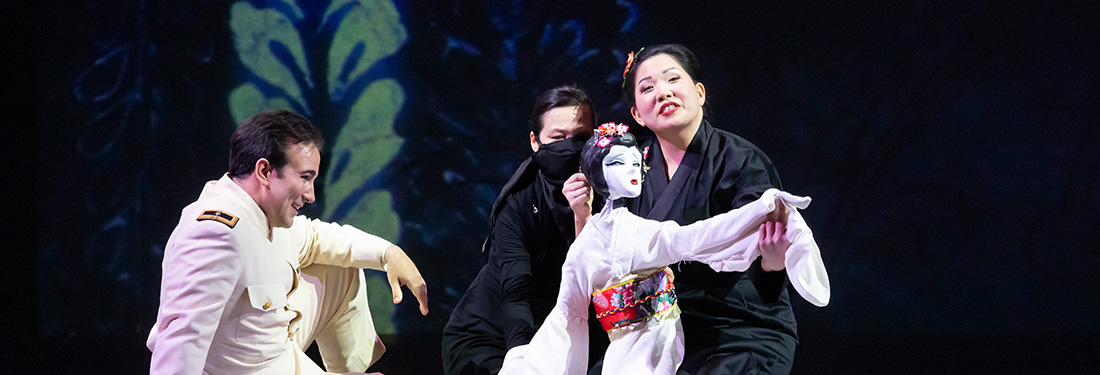
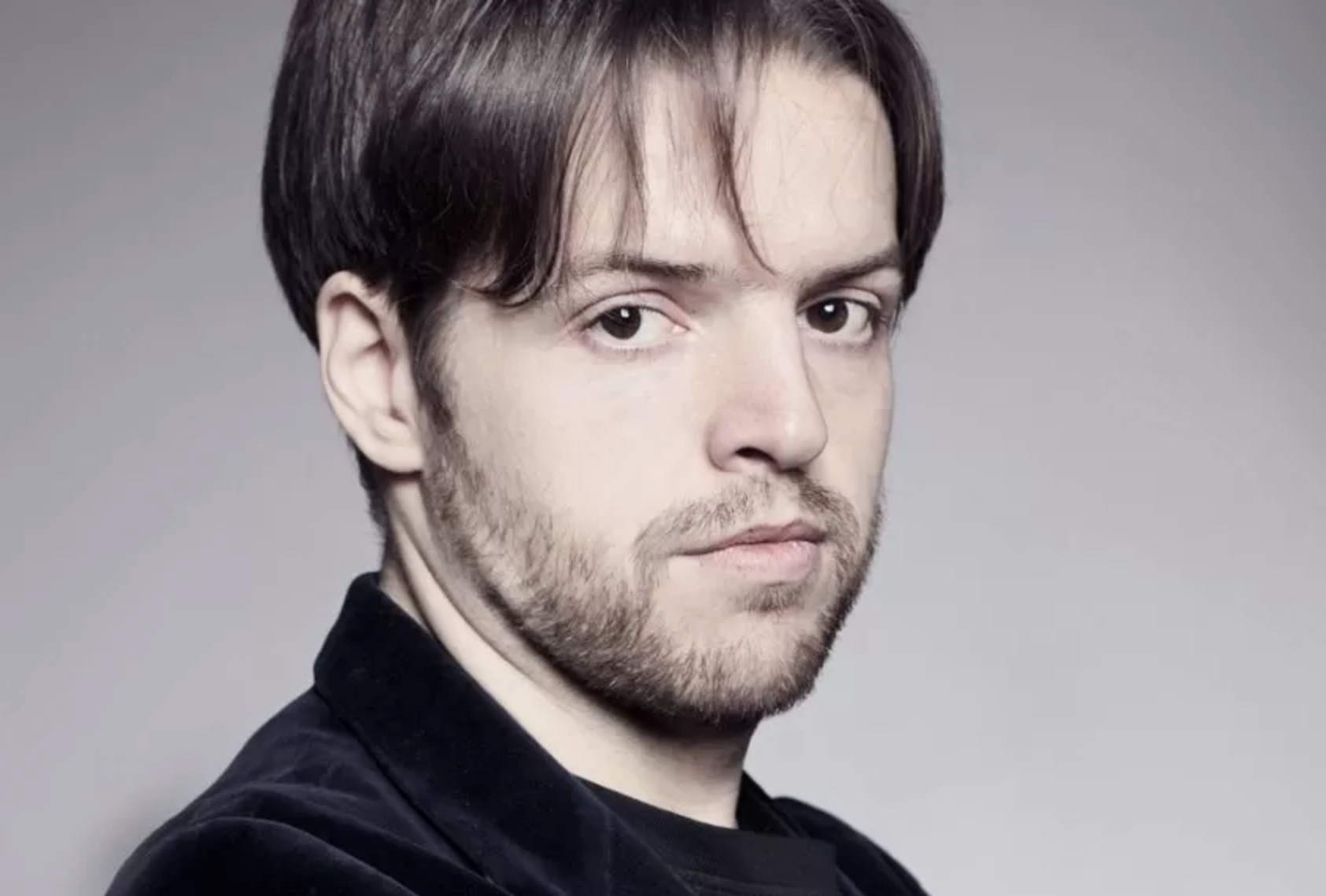
It opened on August 31 with a concert of Beethoven’s Symphony No. 9 and Enescu’s Rhapsody No. 2 performed by Berliner Philharmoniker led by its newly-minted chief conductor Kirill Petrenko, and continued until September 22.
Simultaneously, the main festival was augmented by performances in 10 other Romania cities and six cities worldwide (Florence, Berlin, Liège, Toronto, Montréal, Kishinev); making it the biggest one in the series so far.
As the name suggests, the festival is held in honor of Romania’s most celebrated composer, George Enescu (1881-1955); the first festival took place on September 4, 1958, merely three years after Enescu’s death. The theme for this year’s festival was “Lumea în armonie” (The World in Harmony). Vladimir Jurowski, the artistic director of the festival, detailed the meaning behind the theme and the programming:
The theme in 2019 is ‘The World in Harmony’, and if we look at what is going on around us, this title sounds more like hope than reality. We present this year’s program and we wish the musical treasures and the revelations it includes will give you not just joy and inspiration, but will also encourage understanding, help you respond to challenges successfully, exceed limits, and contribute to deeper harmony for future generations.
The festival put emphasis on performing operas on concerts, and three 20th century masterpieces were presented for the first time: Richard Strauss’ 1919 Die Frau ohne Schatten conducted by Jurowski himself, Benjamin Britten’s 1945 Peter Grimes led by Paul Daniel, and, in a grand performance marked by assured conducting of Lothar Zagrosek, Arnold Schoenberg’s 1932 unfinished twelve-tone opera Moses und Aron.
Baroque operas also had increased their presence in the festival, with no less than four Handel operas were included as part of their “Midnight Concerts” series (all started at 10.30pm), plus Handel’s serenata Aci, Galatea e Polifemo and Vivaldi’s Giustino (a repeat of Ottavio Dantone’s Festival de Beaune performance).
Fabio Biondi led Europa Galante in the lesser-known 1713 Lucio Cornelio Silla with Sonia Prina as the title role; while George Petrou brought back largely the whole cast of his 2016/2017 Karlsruhe Handel Festival mounting of Arminio, with Sandrine Piau in the role of Tusnelda (replacing Layla Claire and Lauren Snouffer).
In two successive nights, September 20 and 21 at the historic concert hall Romanian Athenaeum Christophe Rousset and his excellent French period orchestra Les Talens Lyriques made an Enescu Festival debut with two of Handel’s most famous operas, Giulio Cesare in Egitto and Agrippina, both of which I attended.
Giulio Cesare is one of Handel’s longest operas; in three acts, a complete performance usually takes over 4 hours (comparable to Wagner’s Die Walküre). Therefore, the decision to present it as a “Midnight Concert” was a curious one, even if the roles of Nireno and Curio were both cut from this performance. Rousset put a single intermission in the middle of Act 2 (after Sesto’s aria “L’angue offeso mai riposa”) instead, and that in itself also tested the endurance of the audience (and the singers, as detailed below) sitting through two long stretches of music.
The concert on Friday was the first presentation of this production, before continuing to Théâtre des Champs-Élysées and Ambronay Festival later this week. It was a remarkable achievement for everyone involved, if a tad short of reaching absolute greatness. However, it was so refreshing to see a presentation of Giulio Cesare that was free from the usual fascism and violence trappings that come with pretty much any recent stagings of the opera, for Handel filled his score with music of highest degree!
From the opening notes of the Overture, Rousset led his orchestra in a brisk reading, which at times threatened to feel like constricting the singers, but nevertheless felt steady and assuring. (I guess the fact that it was midnight concert might have something to do with that decision.) He achieved balance between the strings and the woodwinds, and the many soli inherent in this piece come out loud and clear.
Rousset was blessed with six outstanding singers for this concert, many of which had worked closely with him in the past.Obviously the focus fell on the singing, and none of them truly disappointed in any sense. However, since this represented role debuts to most of the singers, they tended to get glued to the score, therefore limiting their interpretations of the roles.
The title role and Cleopatra are quite possibly two of the hardest roles in opera repertoire, as they require agility, strength and stamina, not to mention ability to act, to bring out the characters; they both have eight arias each ranging in wide array of emotions to portray, plus the final duet.
American countertenor Christopher Lowrey tackled the title role (I believe for the first time) with considerable ease and smooth velvety voice. I always thought of him as a perfect boy next door type, therefore his Giulio was pretty much the personification of goodness. However, he did perform his first two opening arias, “Presti omai” and “Empio, dirò” with sufficient swagger and scathing tone, respectively.
With her dark mezzo voice, Ève-Maud Hubeaux, a frequent Rousset collaborator, recalled to mind my favorite Cornelia on record, Bernarda Fink in René Jacobs’ 1991 full recording. However, Hubeaux’s Cornelia was quite possibly the fiercest one I had ever heard, particularly during the recitatives; I missed the feminine quality of the role, making it hard to differentiate the character with Sesto, her son.
The Swedish mezzo-soprano Ann Hallenberg was pretty much the main reason for my flying all the way to Romania for these midnight concerts. Time and time again, her collaborations with soprano Karina Gauvin proved to be the highlights of any festivals and any operas that they were in.
Cast in the trouser role Sesto for the first time, Hallenberg brought her usual high level of musicality, command of the stage, and breathe control to her interpretation, right from her opening rage aria, “Svegliatevi nel core”. However, I felt she was less animated as usual (after all, Sesto is an impulsive kid!) and more dependent on the score; therefore, her interaction with Hubeaux was almost the exact opposite of what I had in mind for Cornelia-Sesto relationship. Her rendering of “Cara speme” was sufficiently poignant though.
Cleopatra wasn’t a new role for Gauvin, as she had recorded the role with the late Alan Curtis back in 2012. Compared to that recording, her voice had lost some of its youthfulness and agility, and the coloratura passages didn’t sound as effortless any more. Howeverm I felt that her interpretation found more depth and understanding. Her Cleopatra was no longer a young girl mesmerized by Giulio Cesare, but a grown woman trapped in political intrigues, as evident in her three arias in Act 1.
I first encountered countertenor Kacper Szelazek earlier this year in the smaller role of Eunuco in Sacrati’s La Finta Pazza at Opéra Royal Versailles, and I was glad to see him back in a bigger role as the antagonist Tolomeo. It was nice to see somebody other than Christophe Dumaux perform this role well, and Szelazek injected enough acerbity into his tone, without turning the role demented (as Dumaux often portrayed).
Lowrey delivered the negotiation aria “Va tacito” handsomely, although this was the point of the opera where staging made most sense, methinks. Nevertheless, with the orchestra on stage right behind the singers, this duet with natural horn came off extremely well, particularly the way the horn echoing Caesar’s word “cacciator” with great effects.
The role of Achilla was written for the great bass Giuseppe Maria Boschi, who excelled in lower-range rage arias. His opening aria, “Tu sei il cor” was quite possibly my most favorite Baroque aria for bass. I had high hopes for bass Ashley Riches, eventually I couldn’t help but feeling rather disappointed. While he had a booming sound and a towering figure, I’m afraid he was rather unsubtle in his delivery, particularly for the recitatives; it was as if he tried to over-enunciate each syllable to show his feeling. I prefer my Achilla to be an elegant bastard rather than a boorish barbarian!
Act 1 closer Cornelia/Sesto duet “Son nata a lagrimar” has always been tearing the audience’s heart out and here Hubeaux and Hallenberg started it beautifully. Unfortunately, the return to the A section came with over the top embellishments that were rather excessive to my taste and somewhat robbed the poignancy of the scene. As I mentioned before, the intermission was placed in the middle of Act 2. However, after the duet there was an extended pause and the lights were unfortunately turned on, causing a rather large number of the audience to leave, and most never came back.
Act 2 highlights included Cleopatra’s seduction aria “V’adoro pupille”. Once again, Gauvin interpreted the aria as an adult’s attraction, so instead of resolving to silly dance moves or flashy outfits, she occasionally threw loving glances to his Cesare (who stood next to her looking the whole time), and I found that was particularly effective. In return, Lawrey responded with a very elegant account of “Se in fiorito ameno prato”, performed almost in trance-like. His bird-cooing in the aria was amply supported by the virtuosic playing of Les Talens Lyriques’ concertmaster Gilone Gaubert-Jacques, and the duo represented symbiotic partnership that was integral to the interpretation rather than just a show-off.
Unfortunately, to my ears the mighty Hallenberg might have tripped a bit in the last song before the break “L’angue offeso mai riposa”. The aria had a lower tessitura almost felt too low for her, and pretty much all the coloratura passages had downward turns. That fact, coupled with a brisk tempo from Rousset, made her sounded like huffing and puffing throughout.
After the break, the high points comprised Lowrey’s vigorous take on the march-like aria “Al lampo dell’armi” (unfortunately capped with rather ill-timed “Morrà, Cesare, morrà” by the singers) and particularly, Gauvin’s two heartbreaking and dramatically intense arias “Se pietà” and “Piangerò la sorte mia”. Hallenberg redeemed herself with a showstopping “La giustizia”, the final Sesto aria.
Nevertheless, fatigue started to kick in for the performers, especially Lowrey and Gauvin. (It was already almost 1:00 when we came back from the break.) So understandably their last arias, “Quel torrente” and “Da tempeste”, probably my most favorite Cleopatra aria, sounded rather weak and underpowered. In the end, they all pulled through, and admirably brought the opera to its joyous conclusion “Ritorni omai”. The audience showered the performers with a lengthy standing ovation as they smiled with evident relief and appreciation!
If that Giulio Cesare was remarkable, I wasn’t prepared for the splendor and majesty that awaited me for the following night Agrippina with the same forces at the same location. Truly, this was the best version of Agrippina I’ve ever had, both live and recorded, bar none!
There seemed to be resurgent interest in Handel’s second Italian opera recently, with Maxim Emelyanychev touring a concert version with his Il Pomo d’Oro starring Joyce DiDonato in the title role last spring, and Barry Kosky premiered his brand new production at Munich Opera Festival last summer with Alice Coote as Agrippina, the same performance that is currently playing at Royal Opera House Covent Garden till October 11 (with DiDonato in the title role).
In February next year, the Metropolitan Opera will be dusting off David McVicar’s well-traveled 19 year old production (first seen at La Monnaie) as they present it for the first time (again with DiDonato); while Hallenberg will reprise her much-acclaimed 2017 Opera Vlaanderen performance in Mariame Clément’s Dallas-inspired staging at Teatro de la Maestranza around the same time.
This concert represented the last stop for Rousset and Les Talens Lyriques presenting Agrippina, which began in Klangvokal Festival Dortmund and continued to Halle Handel Festival last June, with Hubeaux, Étienne Bazola and Douglas Williams reprising their roles for all of those. Nevertheless, the roles were familiar to most of the singers, and it was reflected in their performances. Make no mistake, this was a fully realized presentation, with the singers wholly embraced their characters and acted with their facial expressions and body language.
Rousset led his period band in a more relaxed reading than Giulio Cesare, while still maintaining order and excitement. He felt much more confident and commanding, shaping the melodies after melodies with precision and care.
With this performance Hallenberg clearly demonstrated that she is the reigning champion of the title role (Sorry, DiDonato!) Every accolade that people had thrown in the past – whether her technical prowess, her stylistic affinity, or her abundant vocal resources – was prominently on display that night, all wrapped around an authoritative reading that was embodied even with the simplest moves, right from the opening scene with her son, Nerone.
It also helped also that she made her presence felt, for example, by simply standing there acknowledging during the first arias of both Pallante and Narciso. In turn, this small gesture paid dividends in building her characterization, so by the time her introduction aria “L’alma mia” the audience had established that she was a manipulative schemer that would resolve at anything in order to secure the throne for Nerone. In my book, she was literally the perfect example of how to perform opera in concert!
I had to particularly point out her exemplary “Tu ben degno”. Here, she sang the first line “Tu ben degno sei dell’allor” (You are well worthy of the honor)) to Lawrey’s Ottone (who stood next to her) with fake courtly smile, while she gritted her teeth for the second line “ma di sdegno arde il mio cor” (while my heart burns of indignation)); they really should use this example as to how to sing Handel in master classes!
Speaking of Pallante and Narciso, the two admirers of Agrippina, they couldn’t be any more different as portrayed by Bazolla and Szelazek respectively. Bazolla imbued his role with dignity and gravitas, making his Pallante quite possibly the most heroic ever. Meanwhile, Szel??ek found humor in his interpretation (without resolving into slapstick) – as the result, their roles resembled Abbott and Costello, which was totally appropriate for this opera. The program and Festival Enescu website mistakenly listed Bazolla singing the role of Claudio (and subsequently, Riches as Pallante), which I found to be a glaring mistake as Bazolla had been singing Pallante both in Dortmund and Halle!
Hubeaux was so much more ideal as the precocious Nerone than as Cornelia; she had the right timbre and attitude for the trouser role, and her dark mezzo voice conveyed the youthful angst faultlessly.
Gauvin’s experience with Poppea’s music stretched back 20 years ago and beyond, when she recorded some of the arias with Jeanne Lamon. Just as her Cleopatra, her Poppea was marked with significant feminist qualities, instead of usual girlish coquettishness. This was particularly evident during her lengthy exchange with Agrippina in Act 1, leading to Agrippina’s closer aria “Non ho cor che per amarti”. You could almost see doubt in her expressions, a valid reading that provided me with food for thought.
Needless to say, Lawrey was perfect fit as Ottone, the only respectable character in the opera. Before the opera began an announcement was made about him, and he had one of his arias cut (“Pur ch’io ti stringa al sen”), however I didn’t notice any particular problems with his singing that night. There was an air of pure innocence in his take of the role – almost naivety even – and it was decidedly different from the rest of the characters, particularly visible in the “agitated” aria “Coronato il crin d’alloro” that opened Act 2. On a separate note, that aria brought to mind David Daniels’ showing off his boy band dance moves with white outfits in McVicar’s production couple of years ago (Iestyn Davies will have big shoes to fill coming February)!
Riches was dignified as Claudio, Agrippina’s husband. While I still wasn’t warming up to the color of his voice, he had the gravitas as a (soon to be deposed) ruler, and I thought his lengthy recitatives with everybody in Act 3 were on point. In fact, this was quite possibly the first time I found recitatives to be truly enthralling! Williams completed the picture as his servant Lesbo with his booming bass voice. It was a pity that he had very little to sing!
I could go on and on detailing the virtues of this performance, but by now I think you got the point. My only wish is that they would preserve this on a DVD or even a CD, because an opera performance this exceptional doesn’t come often!
In the end, it was a thrilling weekend with three great performances, albeit all in concert forms. For me, opera is the ultimate means of catharsis, the complete expression of being alive … so performances like these, especially that of Agrippina, were truly life-changing experience. It certainly was worth all the hassle flying there!

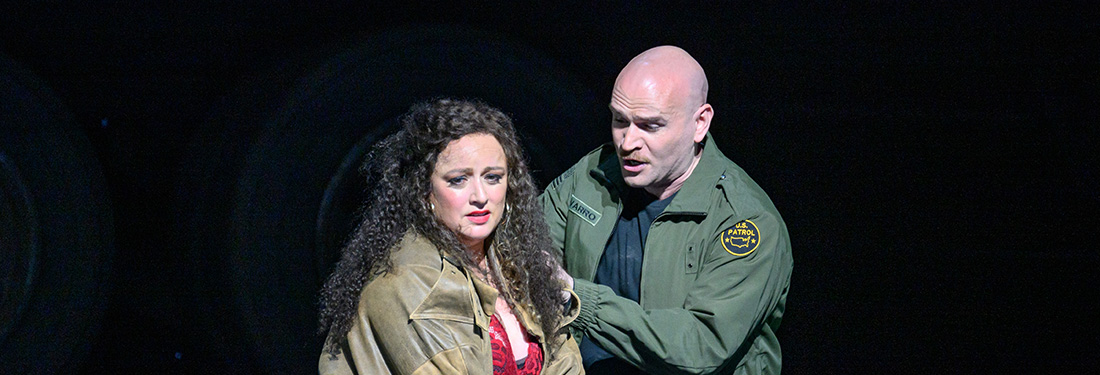
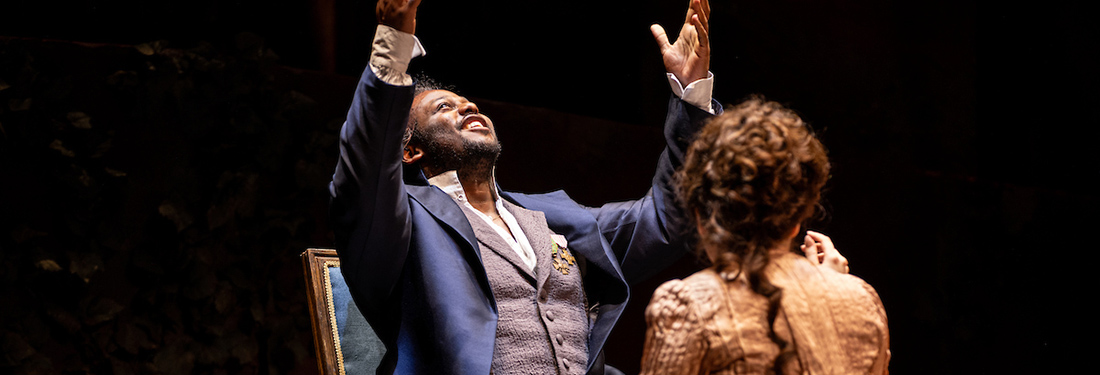
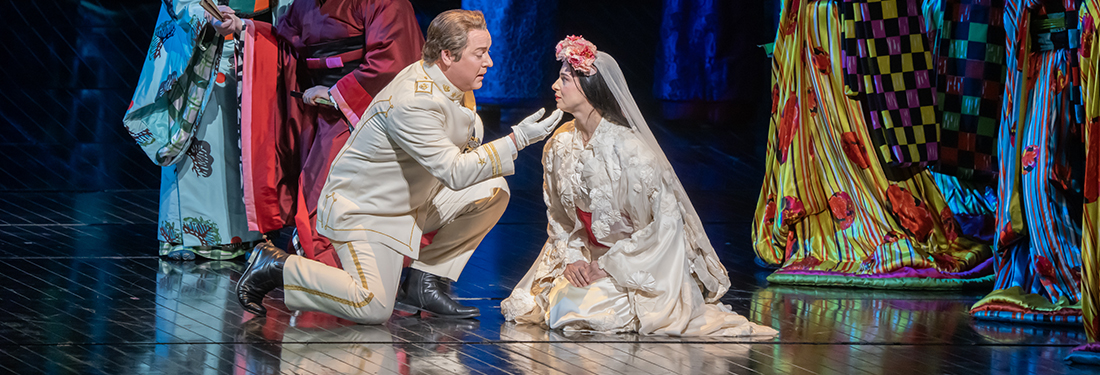
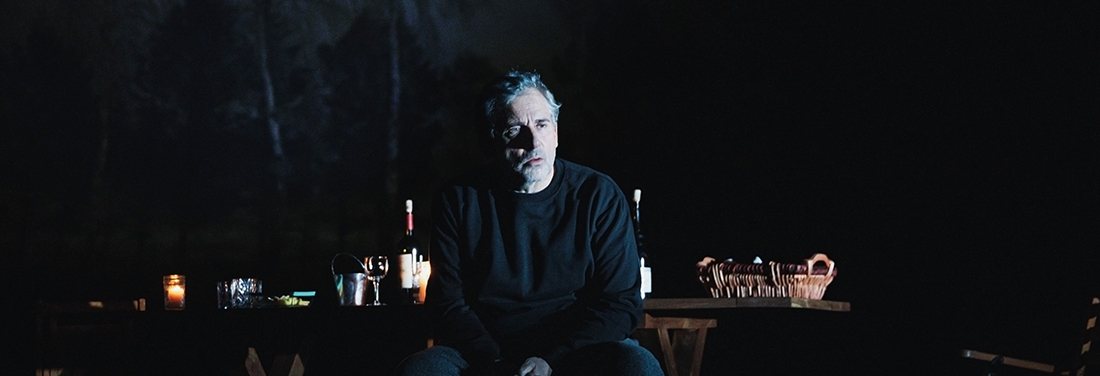
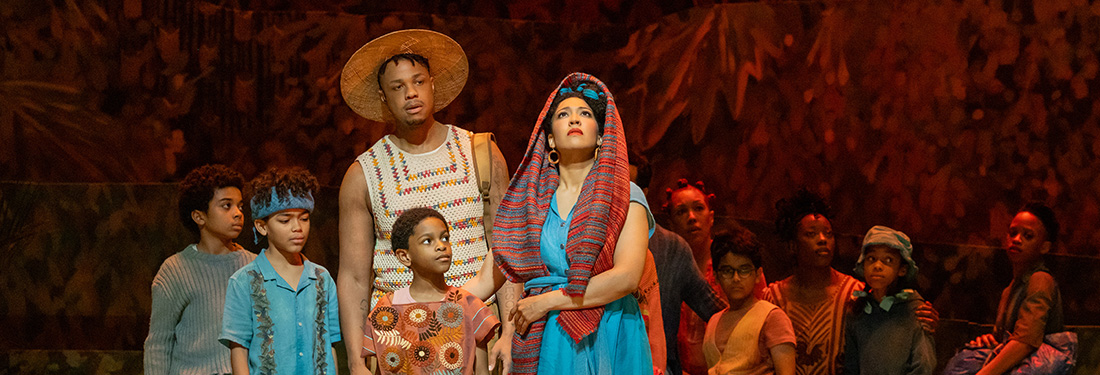





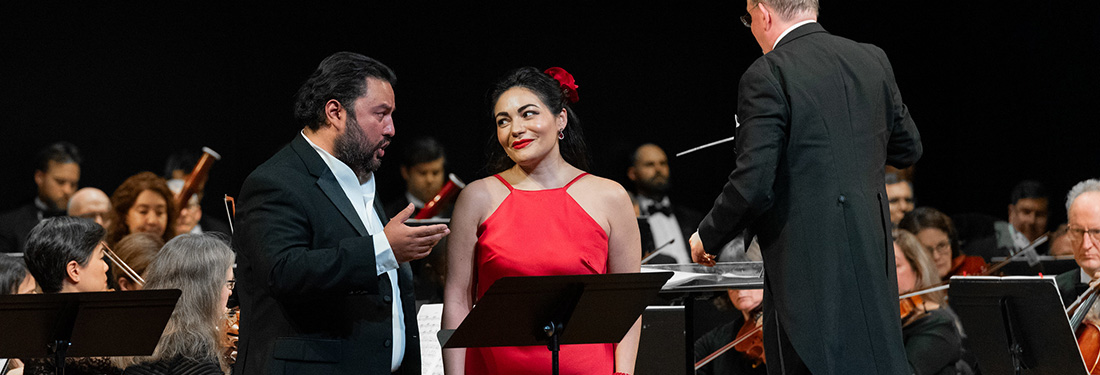
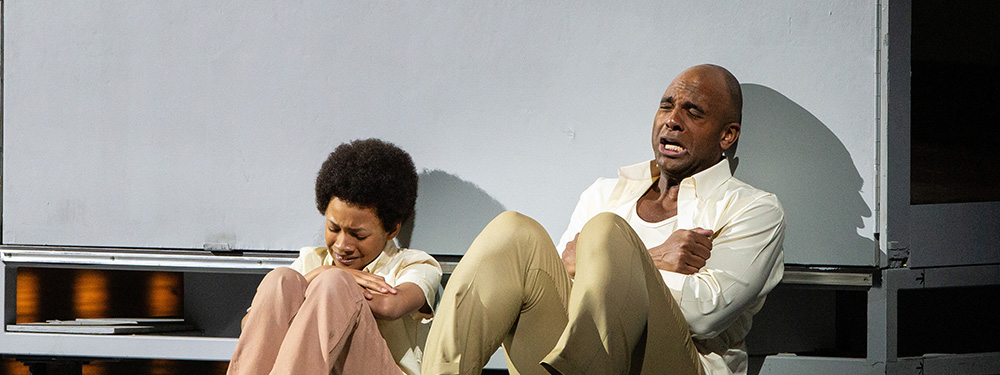
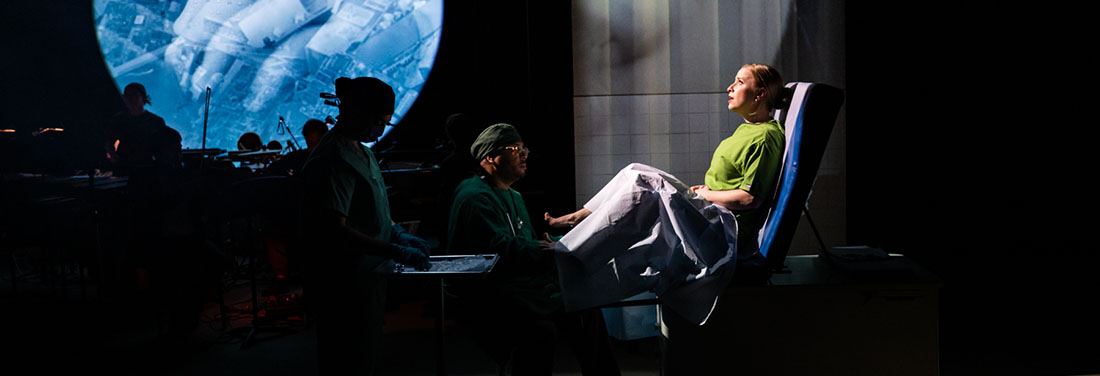

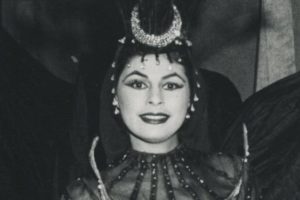


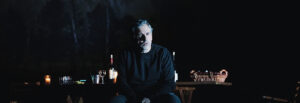




Comments